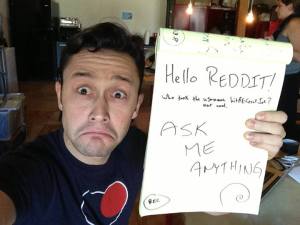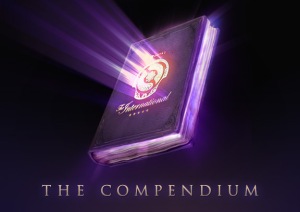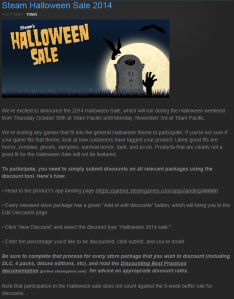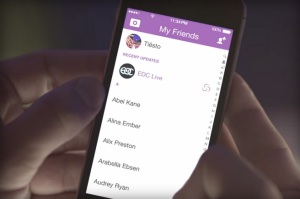As stated in one of my other blog posts, the use of mobile phones has increased dramatically – as has advertisement spending for the platform. However, another interesting statistic has popped up which correlates with the increased use of Snapchat, Instagram and Vine. This is the fact that consumers are far more visually engaged and like to consume content faster than ever.
What does this mean for marketers? In a nutshell, it illustrates the fact that consumers want content which is quick and easy to view on their mobile device. Things like Vines and quick YouTube advertisements are perfect examples of this. However the issue is, how do marketers relay information in such a short period of time?
Answer to that is relevancy. Advertisements need to become more relevant and “honed in” on specific target markets. There is no longer a “one size fits all” policy when it comes to marketing, as consumers are becoming far more picky and now also have the tools to filter information they deem irrelevant. The current trend is showing that short, relevant and personable ads are far more effective than some traditional forms of media.
Going back to my first point about mobile phones, the Australian Bureau of Statistics state that over 90% of adults have their phone within arms reach at any given time. This means on the train, waiting in line and even on the toilet, consumers are using their phones or have them near. The trend in short videos or infographics correlates with this, because time and attention is limited when waiting in line or on the train.
Ultimately, digital marketers need to start creating content that is easy to ‘digest’ for consumers. Content that can be opened and viewed in less than half a minute. Utilising platforms such as Instagram and Vine is a good start to take advantage of the trend of short and easy to consume content.
Have you guys come across any images or short videos which really struck a chord? Feel free to share them here.










